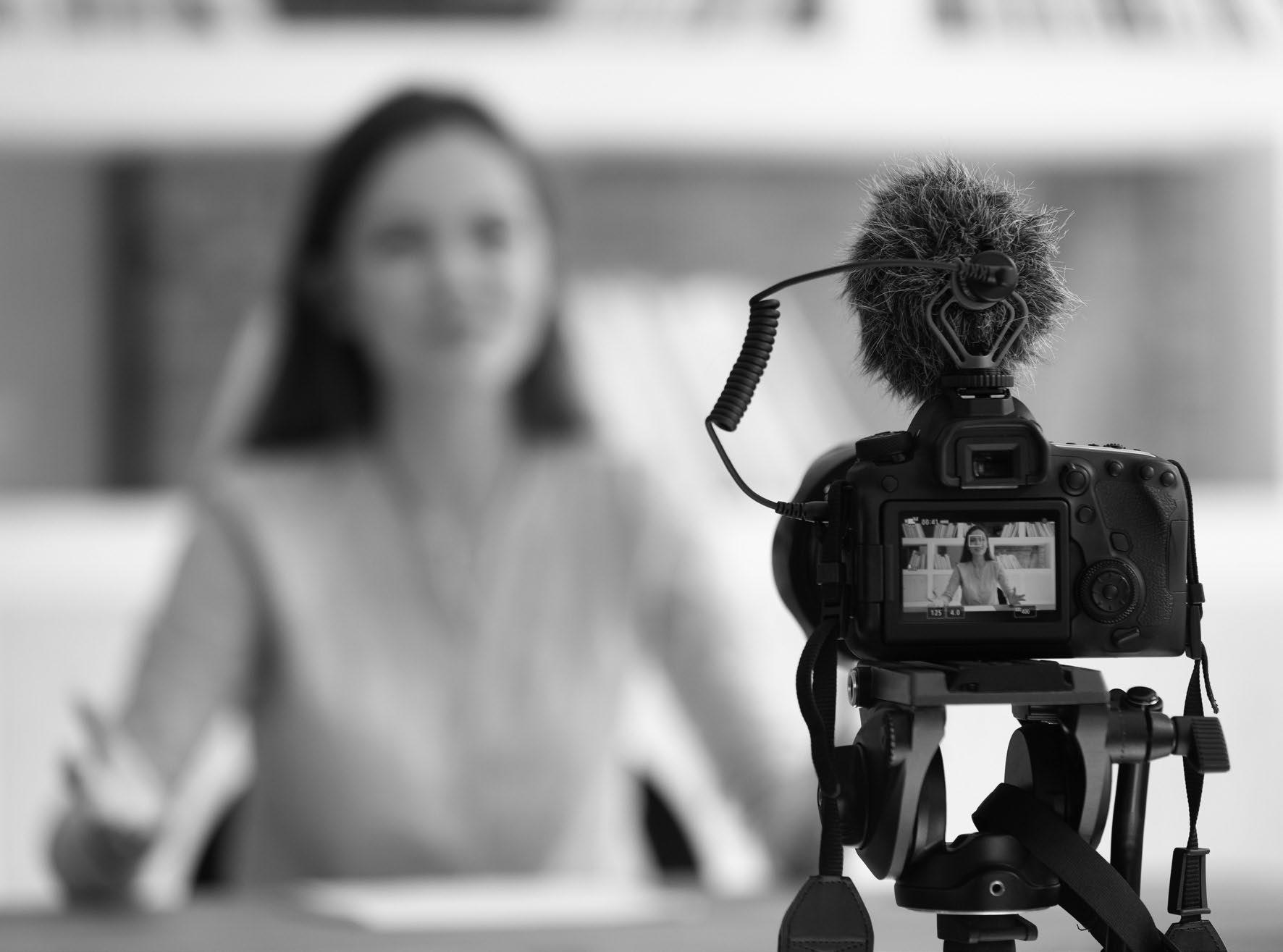
4 minute read
Bill & Phil Gadget of the Month
BILL & PHIL’S GADGET OF THE MONTH By: Bill Ramsey
Neal & Harwell
By: Phil Hampton
Founder and CEO, LogicForce Consulting
TO ZOOM, PERCHANCE TO STREAM
In these days of the Great Pandemic, we all have become familiar with videoconferencing via Zoom, Teams, BlueJeans, GoToMeeting, Google Meet, and similar services. But some folks are choosing “live streaming” over videoconferencing in certain situations.
So, Bill asked Phil to explain the difference between the two options. Basically, in a videoconference, everyone is a participant. Live streaming, on the other hand, is much like a live TV show broadcasting over the internet via certain selected channels. Using live streaming, the host controls the entire experience; and there is no input from the audience. If you live stream, you can allow anyone to watch; or you can control the audience and even charge admission. Nowadays, in these COVID times, many musicians and artists are looking to live streaming as a way to make a living.
You may ask: “Why should I live stream instead of videoconference?” That is a good question. For example, if you teach a class or an instructional session, you do not want participants chiming in or interrupting. If you are hosting a live event, you only want audience members, not participants. Some lawyers are using live streaming on social media to build their practice (in other words, to advertise). They present information to viewers in which they address commonly-asked questions, etc. The sessions can then be recorded and made available ondemand. They use live streaming to make them seem more accessible and authentic. Mitch Jackson, aka “The Streaming Lawyer,” makes frequent use of advertising by streaming.
The Software and Hardware Needed to Get Started
First, let’s discuss the hardware you need. At the most basic level, the only equipment you will need is the same webcam you have been using for your Zoom court hearings. You can also use a smartphone, an iPad, or a less expensive video camera, like the Canon PowerShot, or even a security camera (like Arlo) or a GoPro camera. You may also need a good microphone (such as the Blue Yeti Nano) and two tripods, one for the camera and one for the microphone. If you want to look professional, you will need extra lighting, such as a halo light. Many models are available on Amazon, and several include a tripod to hold the light and the camera. (And, if you are as ugly as Bill, you will need LOTS of make-up.)
Now comes the tricky part. If you are using a webcam or a smartphone, you will not need a “capture card.” But if you are using a camera, like a PowerShot or a GoPro, you may need one. This box converts the signal from the camera and prepares it for use by a computer. You will also need a computer, of course.
Next, you will need a streaming platform. The most comfortable platform to use for this purpose is Zoom, in our opinion. If you choose to stream via Zoom, you will be limited to streaming on Facebook, Workplace by Facebook (whatever that is), or YouTube. (You can also use a “custom” live streaming service, but that will require more machinations and explanations.)
If you do not choose to stream via Zoom, or if you want to stream on multiple platforms simultaneously, you will need more software or hardware. You can use Open Broadcaster Software (OBS) to convert the signal for streaming, or a “hardware encoder,” like Eze Caster Pro. To stream on multiple platforms at the same time, you will need to use specialized services, such as Restream (restream.io) or box cast (boxcast.com)
Upgrades
You will get the best “bang for your buck” by upgrading your lighting. A practical, basic lighting system is “three-point lighting.” This technique uses the main light that is the brightest of the three and is directly on the presenter. A second, fill light, is below the main light, and is shone from the side. The third light shines on the subject from the rear. You can adjust the three lights until you get the best image. Or, if your event is on a stage, you can use professional stage lighting.
The next upgrade would be a better quality sound. For example, you could use a studio-quality microphone or headset or an audio mixer to use multiple speakers or multiple audio sources, such as transition or background music. (Perhaps you could persuade Jon Rose, an expert audio engineer, to help you.)
The next and most expensive upgrade would be using multiple cameras. This could be very expensive and time-consuming but would give your live stream a professional, broadcast-quality look. You can mix the video using software such as Studio 6 from Livestream or hardware, like the products from Blackmagic Design.
So, we know we got a bit technical, but we believe that more and more attorneys and professionals will begin to live stream for various reasons. Live streaming can appeal to a broader audience. It can reduce the amount of travel for the audience and save money for everyone. And the quality of the video image gets better and better. We will have to dramatically improve our make-up regime to keep up.







